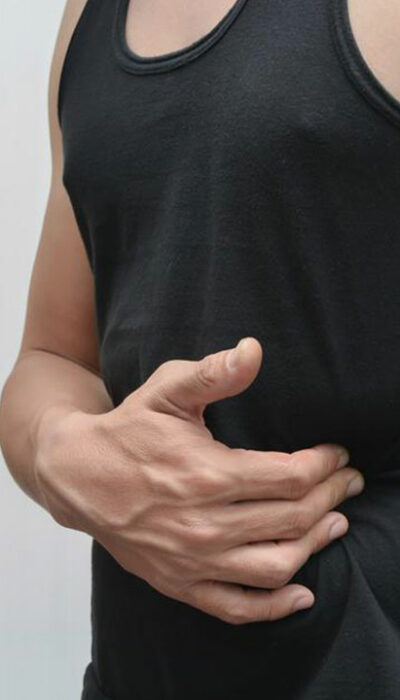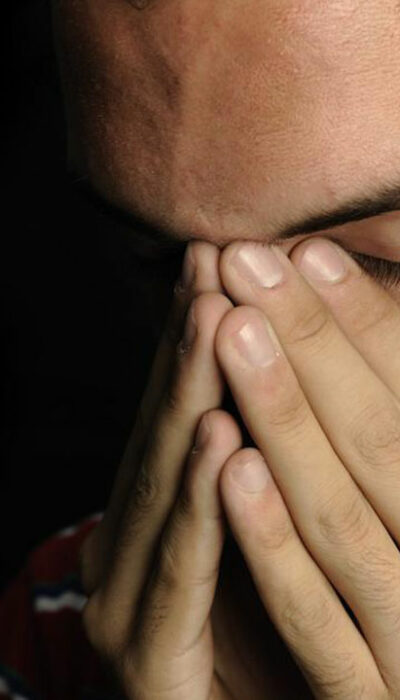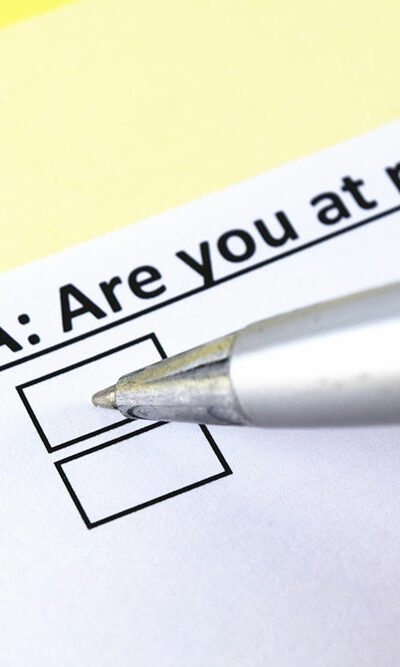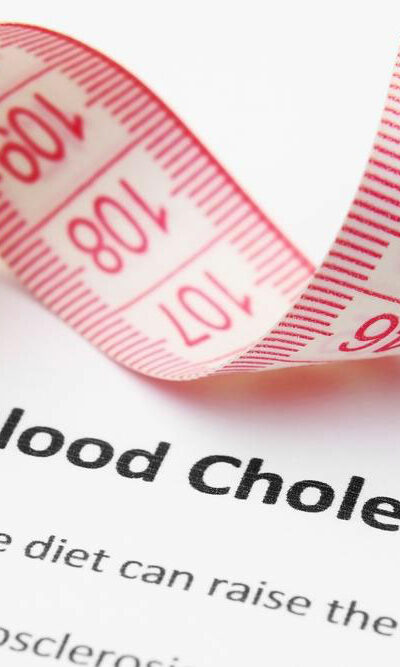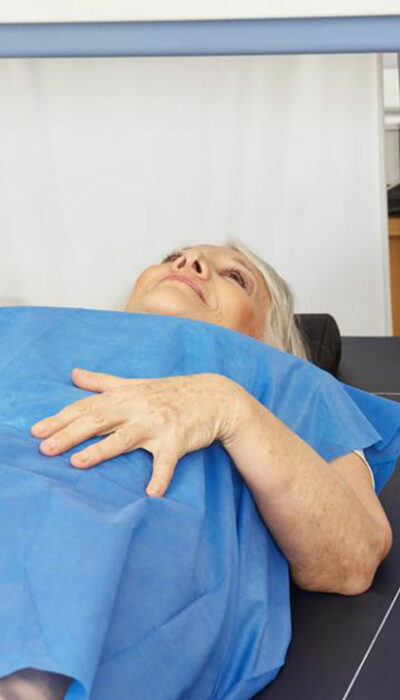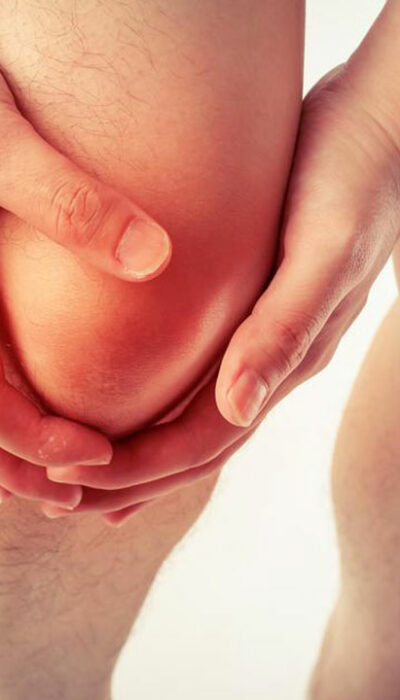
Alternatives for Healing Peyronie’s Disorder
While erectile dysfunction is a more common disorder, Peyronie’s disease is one of the rare ones. This ailment could still trouble a man irrespective of his age. Peyronie’s disease is a kind of erectile dysfunction disorder. When Peyronie’s disease afflicts an individual, he develops a bend in the penis. This makes erections painful. There are cures for Peyronie’s disease which depend on the symptoms one has. Peyronie’s disease roughly affects around 1% of the male population. Men in the age group of 45 to 60 years are most vulnerable, and the average age of onset is 53 years. Peyronie’s disease often comes into existence on traumatic flexing of the penis. This could result in bleeding and formation of a scar tissue. A visible sign of the Peyronie’s disease is the curvature of the penis when erect. Having a curve in the penis is not always a matter of concern. But Peyronie’s disease makes it difficult for a man to have sex. This may lead to worry, stress, and physical soreness as well. A traumatic injury is the most common cause which leads to Peyronie’s disease. But there are cases wherein Peyronie’s disease has occurred without a traumatic injury. There are many types of cures for Peyronie’s disease. Factors that make you vulnerable to Peyronie’s disease: Changes in the tissues come into existence as a part of aging. These increase the odds of occurrence of Peyronie’s disease. Therefore, older men are more likely to suffer from the disorder. Genetics too could be responsible for these tissue changes. Symptoms of Peyronie’s disease: The most common symptom associated with Peyronie’s disease is a scar tissue on the body of the penis. If the penis bends, it could injure the tissues that surround erection chambers. As the injury heals, the scar forms. Over time, plaque builds up around the injury.

